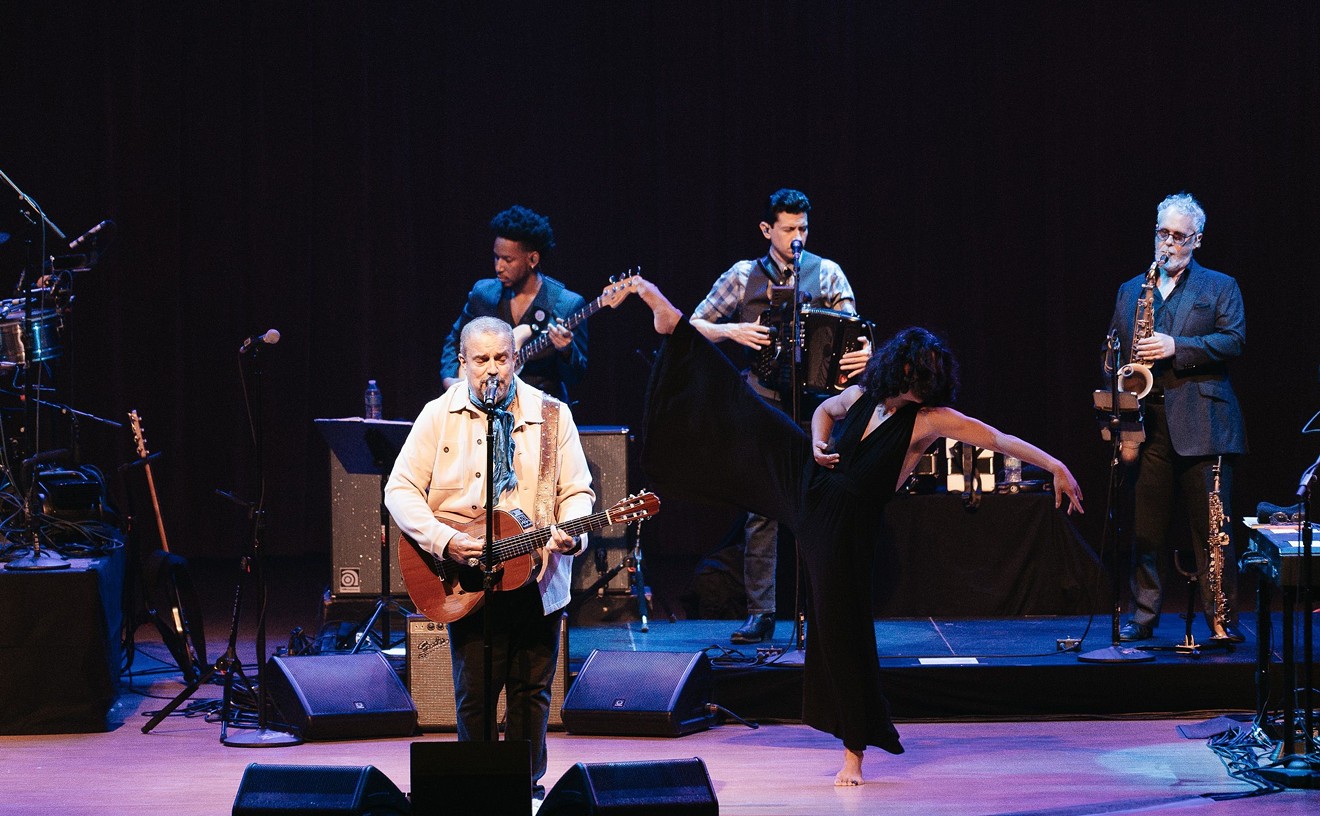Should we trust artists to tell the story of artists? On the plus side, who understands them better? If there's a secret language of imagination and creativity, then the members of this sprawling tribe must be the ones who speak it best. On the other hand, could there be anything more insufferable than artists talking to artists about art? We come to these people — painters, musicians, actors, photographers — all the time for answers; somehow we believe, often correctly, that they can get at all manner of delicate truths that can't be captured in the words of everyday life. But when artists talk to each other, there's always the risk that we'll be shut outside their bubble of understanding.
20,000 Days on Earth is a documentary about an artist, Australian-born singer, musician, and composer Nick Cave, made by artists, Iain Forsyth and Jane Pollard, who have a background in experimental film and video art. The surprise is how plainspoken, illuminating, and delightful it is, and, as shot by Erik Wilson, how beautiful. It's that rare documentary that works as its own visual creation. The movie ends with an evening-time seaside image of Brighton, where Cave lives with his family, a tumble of regal little buildings against a muted, velvety sky — it almost looks like an English version of Venice. This is a doc with, among other things, a firm sense of place, and not just your random filmed Q&A with an interesting guy.
Of course Cave, whether you know his music or not, is a pretty interesting guy. 20,000 Days on Earth is technically a documentary, but it doesn't pretend to any cinéma vérité purity (a purity that's questionable anyway, given that the presence of a camera always affects the reality unfolding before it). The movie is set up as a supposedly typical Nick Cave day, scripted with his own words, rendered in voiceover, combined with conversations he has with the people around him. As a singer, Cave, who made a name for himself in the 1980s — first with his band the Birthday Party and later with Nick Cave and the Bad Seeds, which has been active in various permutations to this day — has a growly, brooding voice, and to an extent, his view of life and art matches that sound. One of Pollard and Forsyth's more novel ideas was to sit Cave down with a psychoanalyst, Darian Leader, and capture the proceedings on camera. Leader asks Cave what he fears most. The answer: losing his memory. "Memory is what we are," he says simply. "The sole reason to be alive is your memory."
But in addition to being deeply thoughtful, Cave often comes off as affable and direct. He shows a wry sense of humor that's not always apparent in his songs, which often conjure the lacy, inky blackness of Victorian mourning clothes. 20,000 Days on Earth is meticulously crafted but nonetheless feels casual and heartfelt. It's revelatory, and wonderful, to watch Cave walking (or driving) around, being a real person — if the movie is somewhat staged, it's never stagey. We see Cave dropping in for lunch at the home of his friend, bandmate, and collaborator Warren Ellis, who, with his woolly facial hair, might look a little like a friendly hermit, if not for the fact that he's wearing an amazing and unapologetically dandyish purple-and-blue patterned shirt (with mustard-colored pants, no less). The two huddle together in the cramped kitchen — Ellis has fried up a few eels for himself and Cave — and get down to their gossip like neighborhood housewives who have known one another forever. They share memories of a show they played with a very cranky Nina Simone near the end of her life: She stashed her chewing gum under the piano just as she took the stage; Ellis reveals to Cave, apparently for the first time, that he scraped it off and saved it.
In another sequence, we hear a recording of Cave describing how he felt the moment he met his wife, Susie, at London's Victoria and Albert Museum. It's both a love song to her and a loving catalog of womanly eroticism and beauty throughout 20th-century culture. If you're not already a romantic, it might make you one.
There's plenty of Cave's music in 20,000 Days on Earth, though it's mostly folded into the movie's margins as a way of shedding light on his songwriting process. There is, however, some marvelous performance footage at the end, including Cave and the Bad Seeds lighting a figurative match to "Stagger Lee" in a smallish club. Dressed in an elegantly tailored suit jacket, Cave works the front row like Edward Gorey's version of a teenybopper-heartthrob, making eye contact with girls who speak the eternal unspoken rock 'n' roll language of eyeliner and messy hair. Cave speaks their language, just as he speaks ours. If 20,000 Days on Earth is a portrait of an artist, made by artists, it's inclusive in the best way. It doesn't make Nick Cave — who has sometimes seemed like a glowering emissary from an earlier, darker era — into someone cuddly. Who would want that? It does something much better: It makes him just believably human enough, without dissolving his mystique. He's a person who can do things the rest of us mere mortals can't. And also kind of a nice guy.










